Hi,
Did you know that Vogue once had war correspondents?
A few weeks ago, I watched Lee, the biographical drama starring Kate Winslet, and was captivated. Before the film, I knew little about Elizabeth "Lee" Miller—beyond her role as a groundbreaking war correspondent for Vogue. If the idea of Vogue and war reporting sounds surprising to you, you're not alone—it certainly surprised me.
Vogue has been around longer than most realize. Its first issue, published on December 17, 1892, cost 10 cents. Back then, the magazine catered to high society with a focus on fashion and culture—values that still define it today.
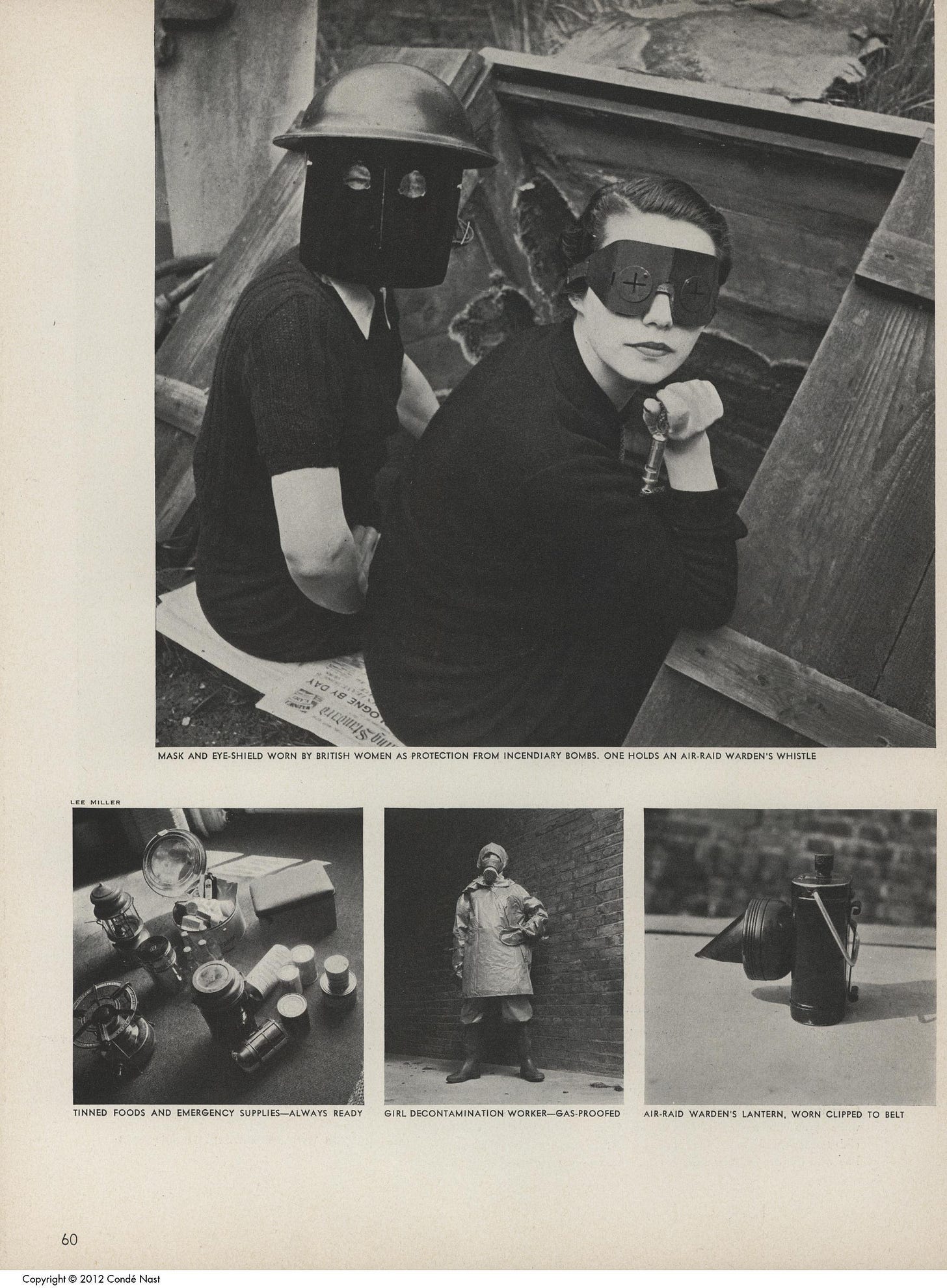
If you're interested in pioneering women or journalism, I highly recommend Lee. The film portrays Lee Miller, a model-turned-photojournalist, who defied convention to document World War II for Vogue at a time when women were rarely welcomed in war zones. It follows her journey from the glamour of high fashion to the harrowing frontlines of global conflict, exploring her determination to tell the stories that mattered. The film also highlights her work documenting the Nazi concentration camps at Buchenwald and Dachau, where she became one of only a few U.S. Army women photographers at the time to see combat. It delves into the personal and professional challenges she faced—dealing with the emotional toll of war while navigating the frustrations of editorial limitations.
The spirit of defiance and determination is embedded in Vogue's history, especially under British editor Audrey Withers. Miller seized an opportunity during World War II with Withers’ support. Both women believed that Vogue had a responsibility to do more than just report fashion; they saw it as essential to inform their educated, sophisticated readers about the war's real impacts. The war reshaped every aspect of women's lives—from rationing and family separations to the broader geopolitical shifts.
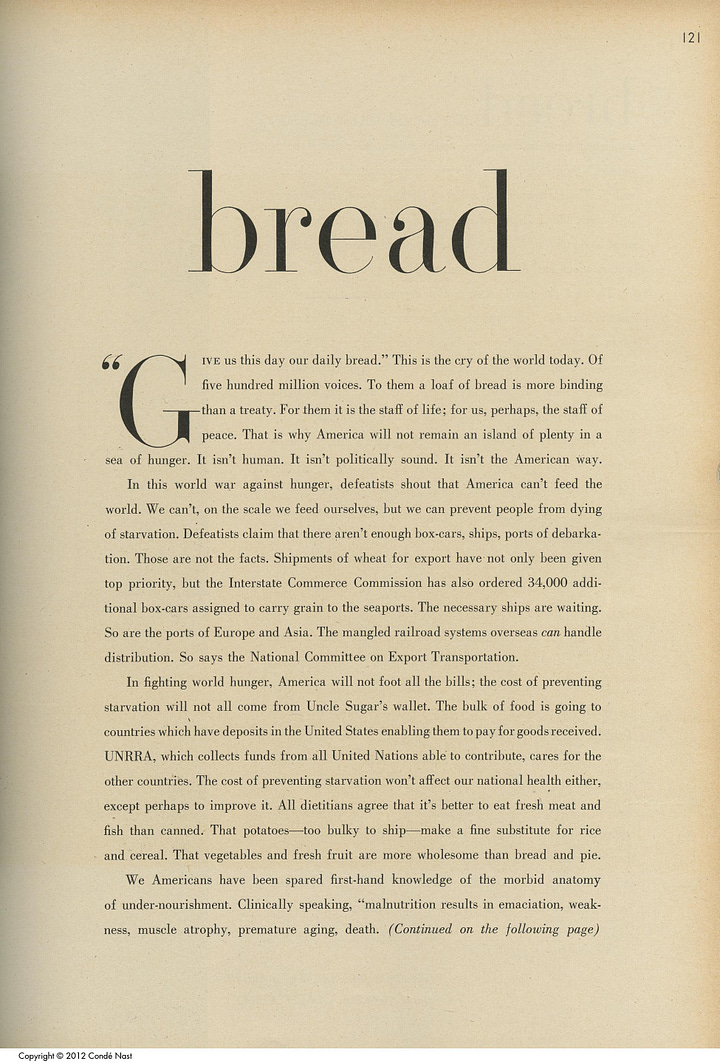
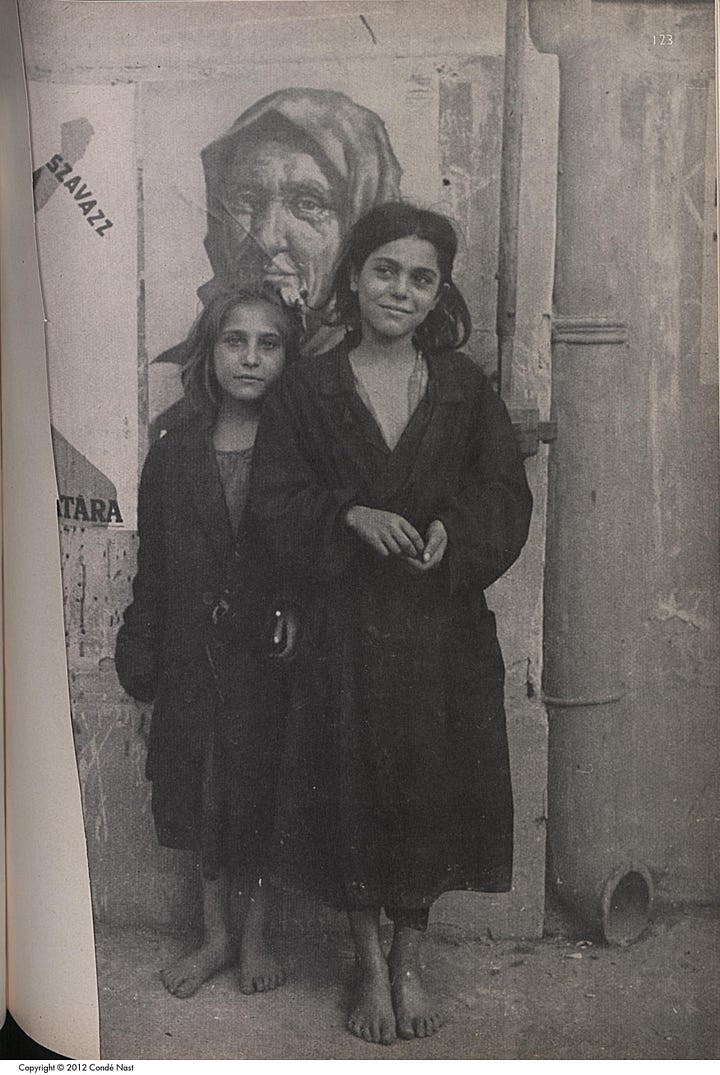
Let me tell you, I walked out of the theater both inspired and utterly drained. Some scenes were tough to watch but left me with many questions. So, I did what I do best—I spiraled. I headed straight for the New York Public Library and dove into the Vogue archives. After all, if you're going to ponder history, you might as well start at the source. But it left me with even more questions…
Is there space for a publication rooted in aesthetics to grapple with the human costs of war?
And if it does, does it risk losing its identity—or redefine it altogether?
How has the Vogue reader changed today?
Vogue already addresses crucial social issues like women’s rights, racial equality, climate change, and political representation. But why not take it a step further by adding the power of frontline reporting? What if Vogue sent journalists directly into conflict zones or areas of crisis. For example, why not have female war correspondents based in Gaza, Sudan, or Ukraine? To name a few. This would deepen its commitment to shedding light on conflicts' real, often overlooked consequences, providing readers with firsthand insights that could bridge the gap between fashion, activism, and global issues. If Vogue is a tool for culture, shouldn’t that include on-the-ground reporting from these conflict zones? Times have changed. We no longer live in a bubble. Today, Instagram or TikTok delivers updates on the genocide happening in Gaza right alongside influencer fashion trends—two realities, equally instantaneous, yet worlds apart.
Let me be clear: I’m not suggesting every fashion magazine should cover conflicts, but Vogue has never been just “any” magazine. It’s a global authority on culture. What it says matters. Audrey Withers famously wrote in 1946 to American editor-in-chief Edna Chase: “Vogue should cover every subject in which the intelligent, sophisticated woman is currently interested,” adopting a “progressive” outlook. She argued that politics were inseparable from women’s lives, impacting everything from education and healthcare to what they paid in stores.
It’s striking that 78 years later, her words still hold true.
Doesn’t that matter? I believe it does. We often separate fashion and social justice, treating them as unrelated. But as Phillip Picardi wisely points out, “When we divorce political and social justice coverage from a magazine’s fashion coverage, we are saying these things are separate. What I’ve learned is, they are not.” So, when we consider fashion media’s role in shaping our worldview, we must ask: Can we afford to ignore the powerful connection between style, identity, and the issues that define our time?
It’s worth pondering.
Lourdes



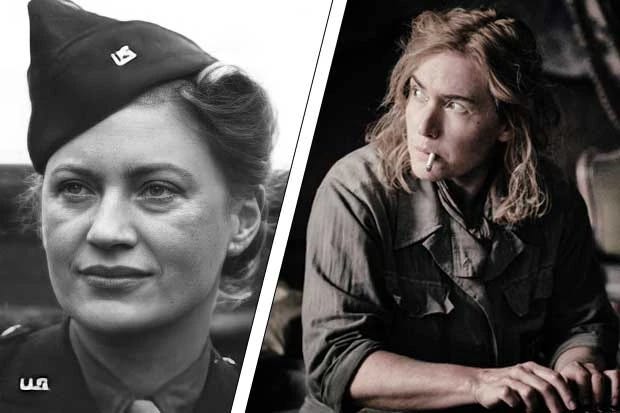
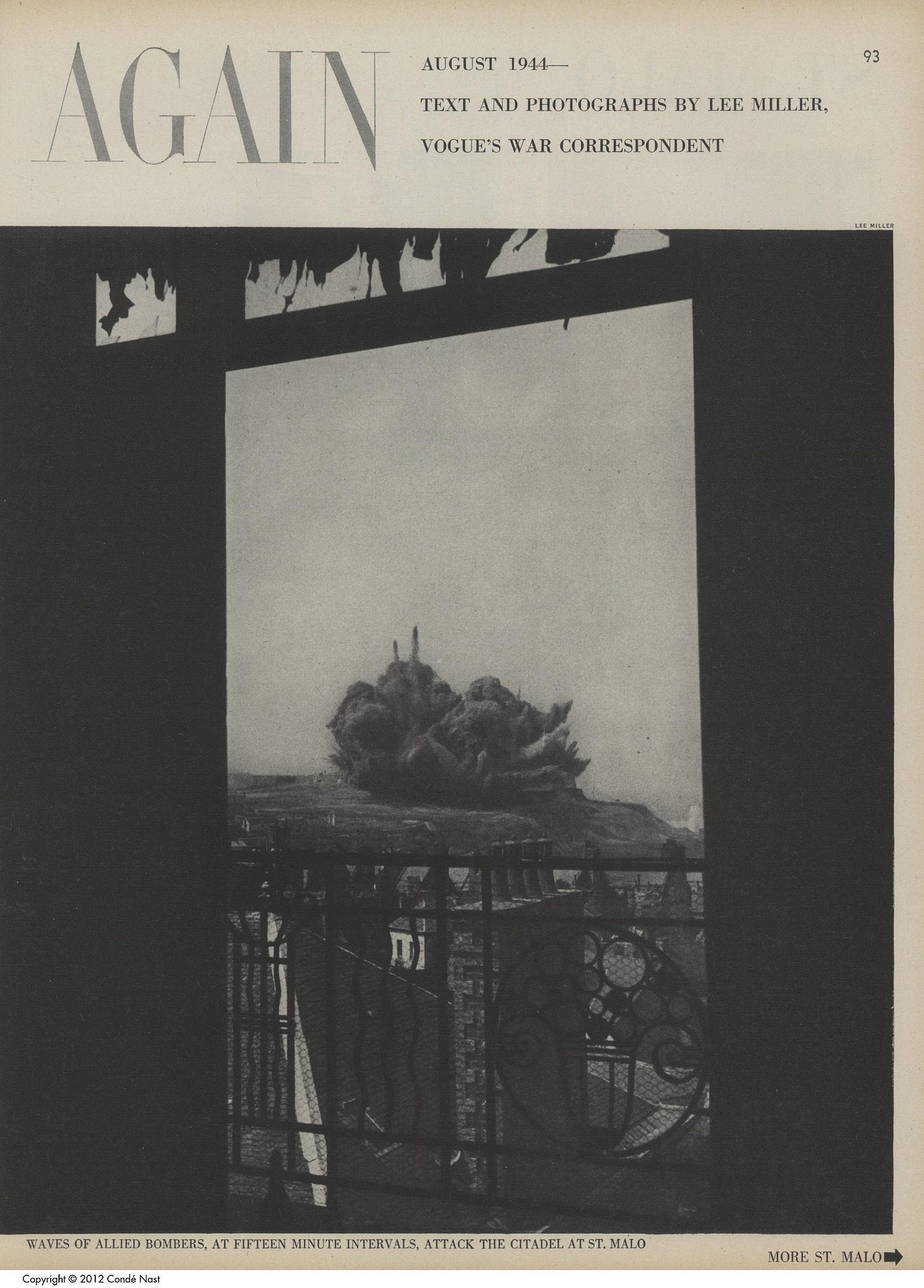
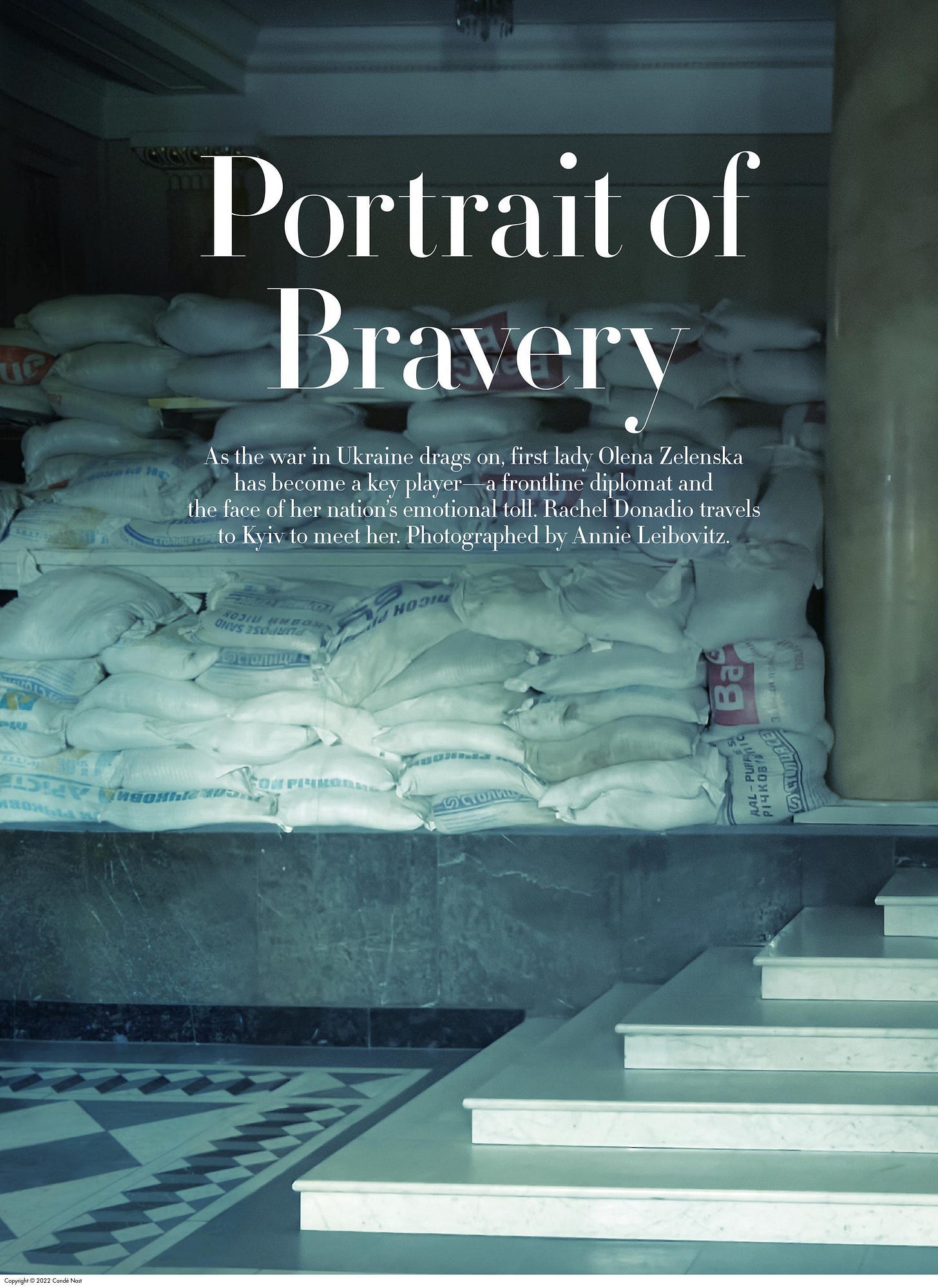
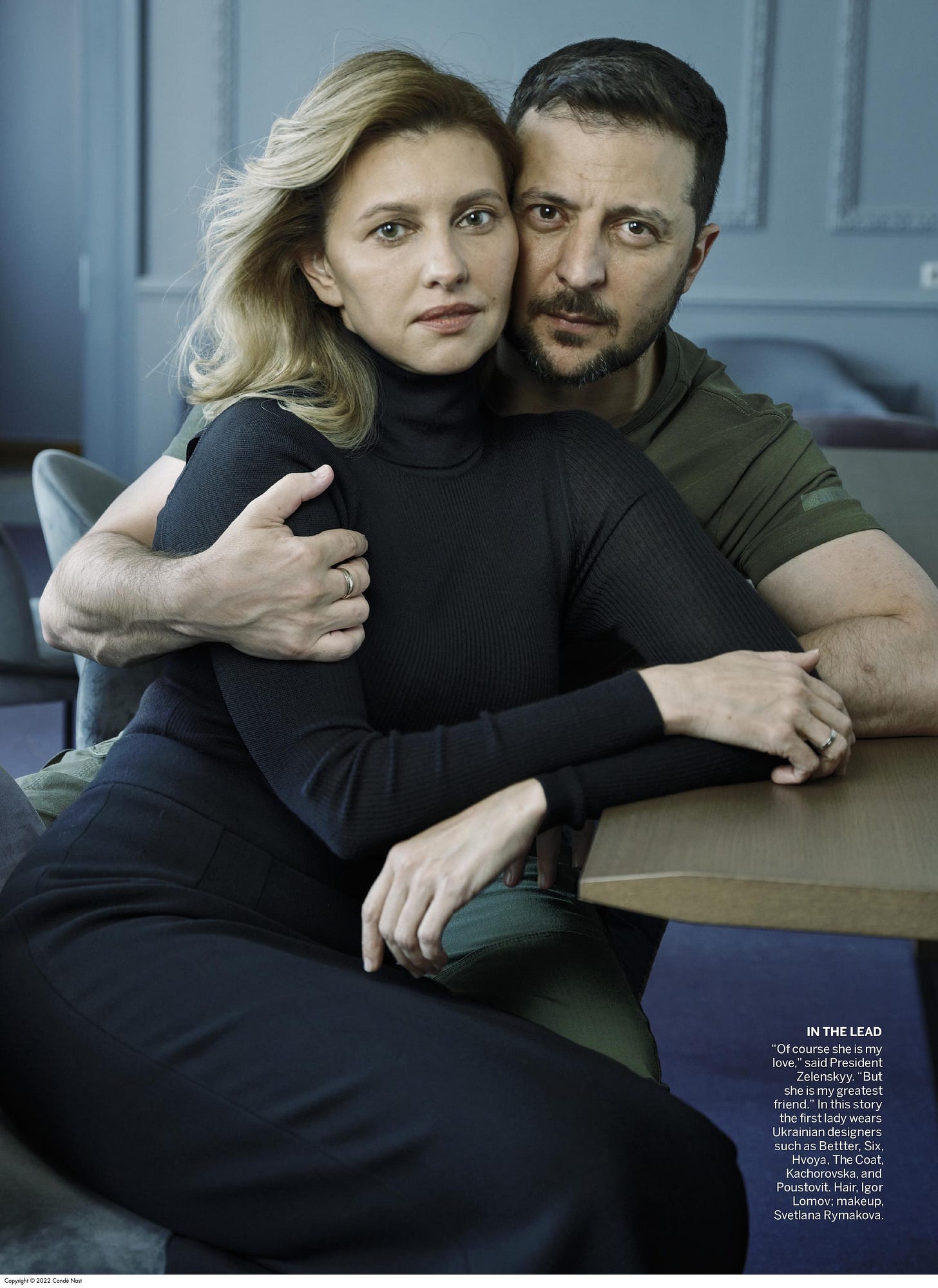
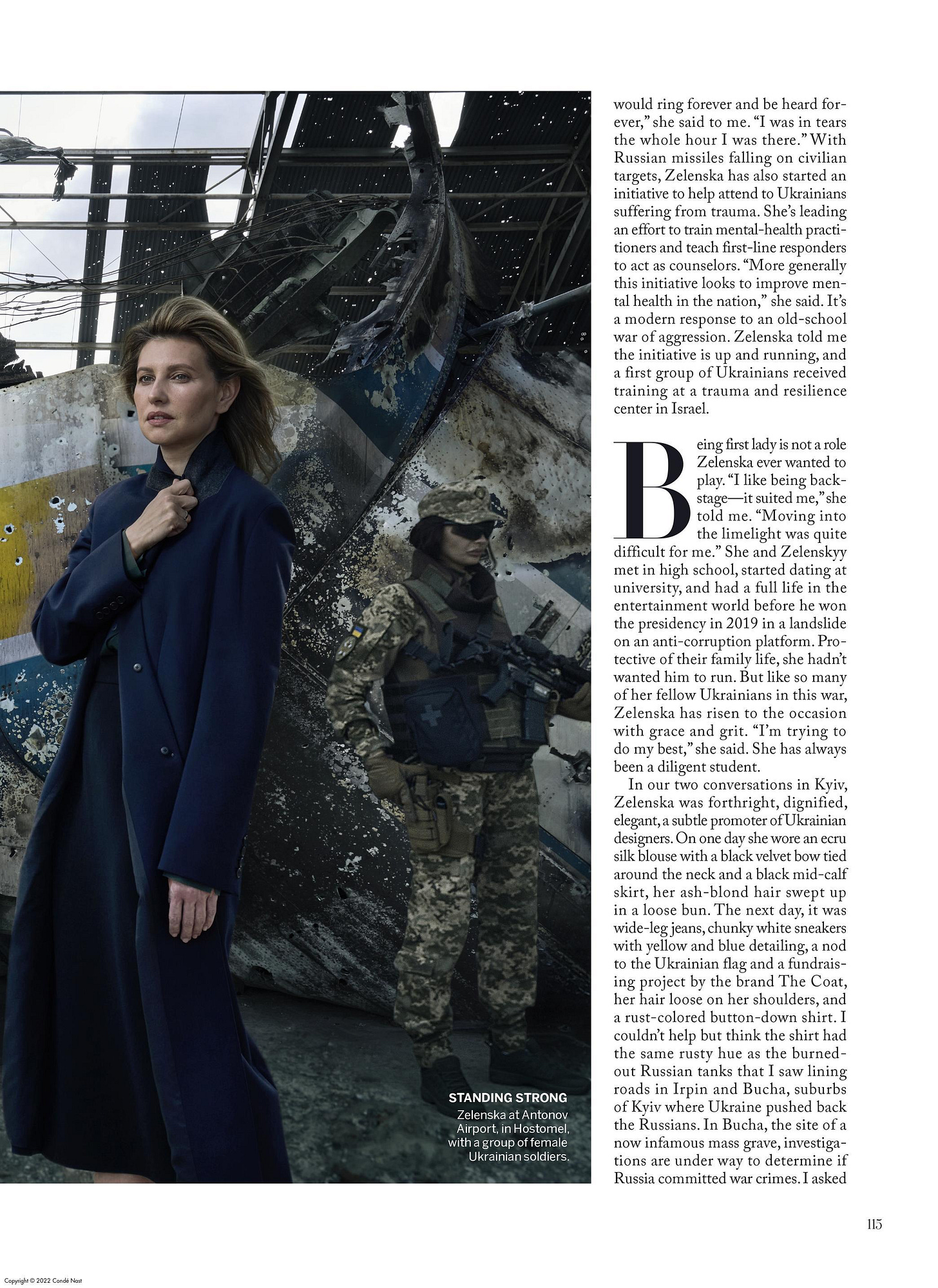
Maybe you should sign up for the job! 😉 I think you’d be excellent!